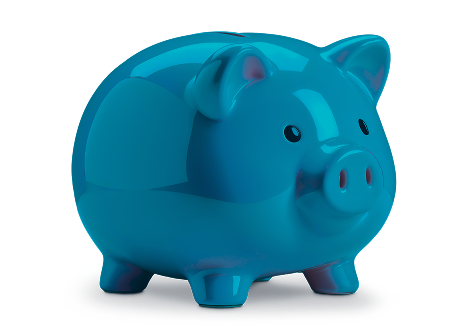ETF Investment Made Simple with Onsafx
Low Entry, High Potential
You don’t need a large capital to start. ETFs allow you to invest in a basket of stocks at a fraction of the cost.
Smart and Passive Income
Ideal for beginner investors looking to grow wealth steadily over time.
Instant Diversification
A single ETF gives you exposure to a wide range of companies across sectors and regions.
ETF vs. Mutual Fund
- ETFs: Traded anytime during market hours, with fluctuating prices
- Mutual Funds: Fixed price, processed at the end of the day
Real-Time Trading
Unlike mutual funds, ETFs can be traded throughout the day, just like regular stocks.
Example:
When you buy an S&P 500 ETF, you’re indirectly investing in all 500 companies listed in that index.

Key Characteristics: ETFs vs. Mutual Funds
Important Considerations Before Investing in ETFs
1. Passive vs. Active ETFs
- Passive ETFs track a specific index, aiming to replicate its performance.
- Active ETFs are managed by experts who select investments designed to outperform the index.
2. Expense Ratios
ETFs come with an expense ratio, an annual fee based on your total investment. Opt for ETFs with lower expense ratios to maximize your returns over time.
3. Dividend Payments
Many ETFs distribute dividends, which can either be paid out in cash or reinvested automatically through a Dividend Reinvestment Plan (DRIP), allowing you to grow your portfolio even further.
How Much Should You Invest in ETFs Per Month?
Investing in ETFs doesn’t require a fixed minimum or maximum amount. Thanks to their built-in diversification, you can start with a relatively small investment and still gain exposure to a wide range of stocks with just one trade. ETFs can be traded just like stocks, offering flexibility and easy diversification.
Some brokers, including Onsafx, offer fractional shares, meaning you can invest in a portion of an ETF for as little as $10.
However, it’s important to account for transaction costs when you buy or sell ETFs. Most brokers, including Onsafx, now offer zero-commission trading, but always confirm the fees before you start. Even if commissions apply, many brokers offer a list of commission-free ETFs.
You can buy as many ETFs as you like, depending on their price and how much you’re willing to invest. There’s no need to spend all your capital at once — fractional ETF options allow you to build your portfolio over time, at your own pace.
When you make your first deposit, your funds will be held by the broker or custodian. You can monitor your investments, available balances, and portfolio anytime by logging into your Onsafx account.

Advantages of Trading ETF CFDs with Onsafx
Flexible Trading Options
Unlike traditional mutual funds, ETFs trade like stocks, offering the ability to use leverage, short sell, or trade options. This flexibility allows you to tailor your trading strategy to suit your needs.
Diversified Portfolio
Investing in ETFs allows you to gain exposure to multiple securities in a single trade, helping to diversify your portfolio and reduce overall risk.
Transparency
ETFs track the composition of an index, providing clear visibility into the assets you’re investing in, making it easier to monitor your investments.
Lower Cost
Some ETFs provide access to markets in various regions or countries, offering a cost-effective way to invest in U.S. stocks or international markets.
No Management Fees
ETFs generally have lower costs compared to mutual funds, with no management fees on ETFs traded with Onsafx, ensuring you keep more of your returns.
Key Characteristics: ETFs vs. Mutual Funds
